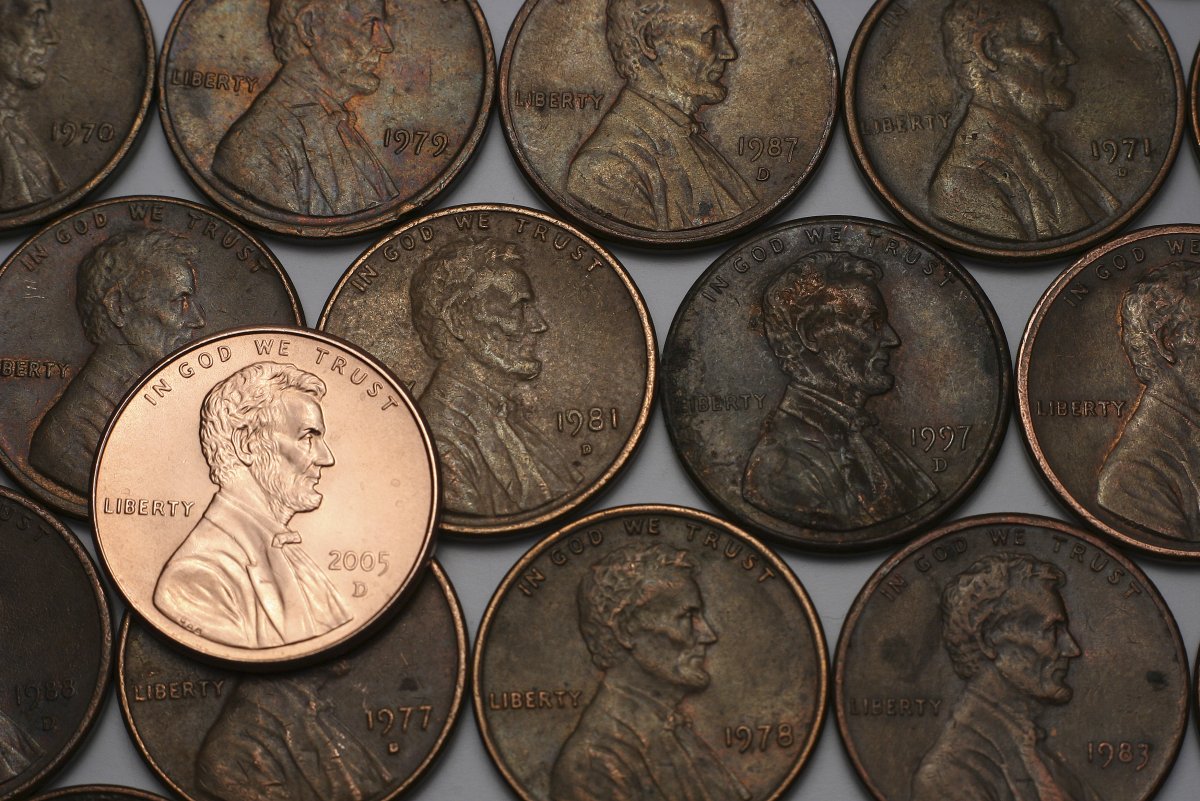16-year-old Coin Numismatist Gets Hold Of A Rare Coin As A Spare Change,uncovers Its Worth Years Later
Findings

Don Lutes Jr. knew that he had found something special but the actual value of that penny was something even he was not aware of. He simply placed it in his coin collection at home. The only perception Lutes had of this penny being special was due to the fact that it was not made of steel, which is what the coins in circulation were made of at that time.



